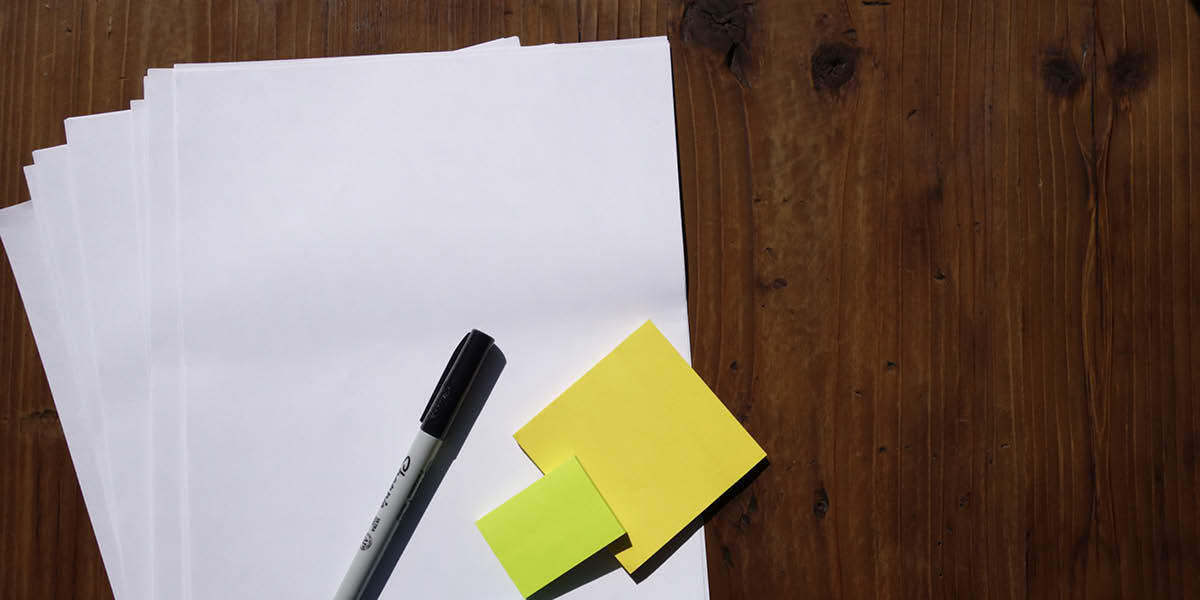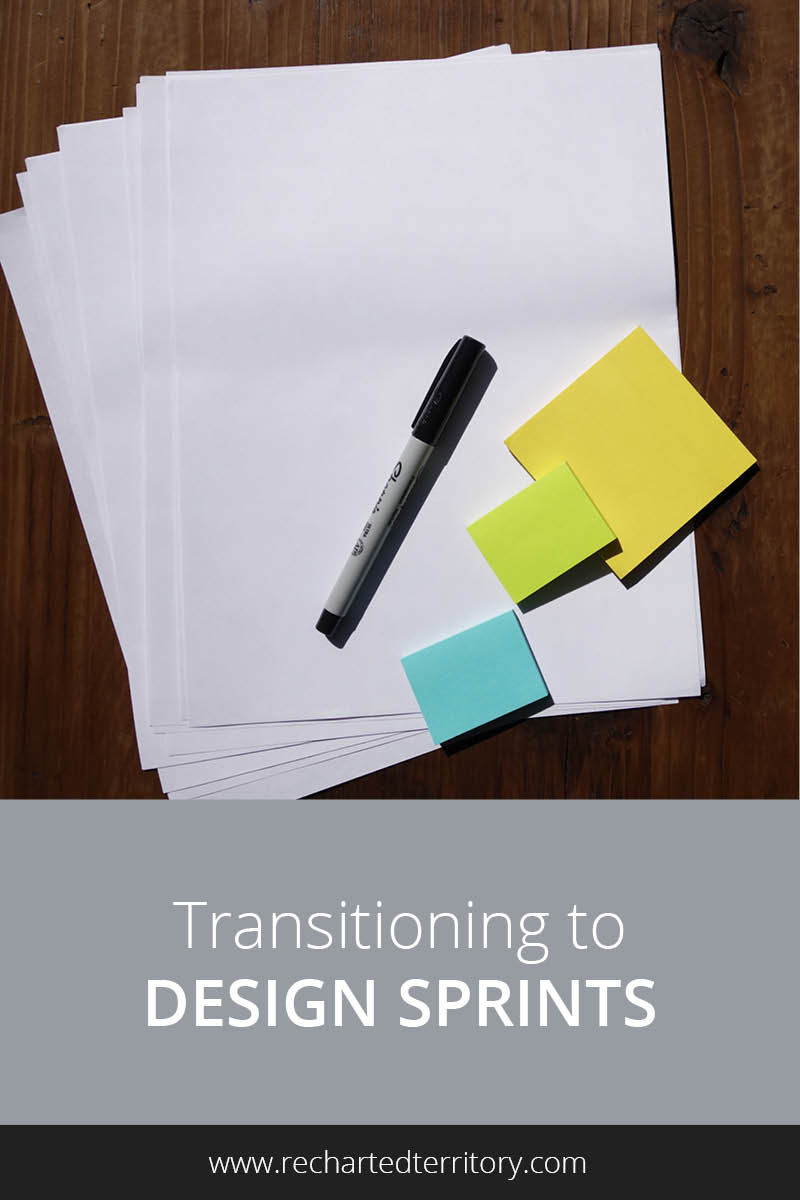

I’ve been working with the Department of Veterans Affairs for the past few years on a self-service portal for Veterans, Servicemembers, and their families to interact with the VA and DoD. We were steadily making a difference, but were looking for ways to speed up our time to market and quickly gain user feedback before investing further analysis and development energy. In June I learned about Google Venture’s Design Sprint process and couldn’t wait to try it out in the VA. It’s a framework for going from a new problem or opportunity, to a design, prototype, and user test, all in one week.
The starting point
Going into this change our group had the following characteristics, which are most likely familiar to many of you working in large, complex organizations:
- Mix of remote and local participants
- Team members with varying levels of exposure to design thinking techniques
- No single decision maker
- Large number of sub-groups and delegates within those sub-groups
- Schedules that made it difficult to break away for 5-day lockdowns
Lessons learned
1. Start with “Phases” instead of “Days”
We told our team that the target was one week but started by treating each Google Venture sprint “day” as a phase. For example our unpacking phases for understanding the as-is state for integration with a new business line could take one or two weeks. That gave us enough time to gather and absorb materials about the business objectives, perceived user needs, and as-is business and technical state before moving on to rapid sketching and prototyping. I’d recommend this approach for work in a complex organization with a new partner.
2. Identify the participants most “ready” for the design sprint activities and at first only incorporate them into the lockdown sessions
Schedule 1-2 hour check-ins to share progress and gather feedback from the rest of the group. We found that this process worked well for us. It allowed the lockdown group to quickly iterate, while gradually introducing the check-in group to the concepts. Going forward we’d like to pull more business stakeholders into the sketching and prototyping lockdowns.
3. Be adaptable and select materials and tools that fit your team’s needs
For our in-person lockdowns we used paper, markers, whiteboards, and post-its to generate ideas. For the remote check-ins via teleconference slide decks, spreadsheets, and process models were effective tools for sharing notes, ideas, and interim prototypes.
4. Take care of your team
Let’s face it, design sprints are stressful. You’re probably asking your team to deliver something faster than they ever have. Add in the uncertainty of a new process and the atmosphere can easily get tense. What worked for us was having one facilitator and a set agenda. I shared the proposed agenda at the beginning of each lockdown day and the team had the opportunity to express any comments or suggestions. Having a set schedule and goal for the end of the day helped participants to focus on the fun part of the sprint (solving important problems) rather than the logistics. We also learned that a smaller team with everyone fully engaged was more effective at keeping morale up than a larger team without 100% engagement. And don’t forget to celebrate and publicize your successes!
I hope these tips helped to inspire you to initiate design sprints in your organization. Let me know how it goes!